Most people are aware that when they buy a new home, it’s important to conduct a home inspection, making sure that there are no major flaws in the property that will cause problems later down the line. Despite this, though, most people aren’t doing their home inspections thoroughly enough, leading to significant oversights and expensive repairs. You’ll no doubt want to avoid such situations, so here is a list of the most important things you should never ignore during a home inspection.
Roof Condition
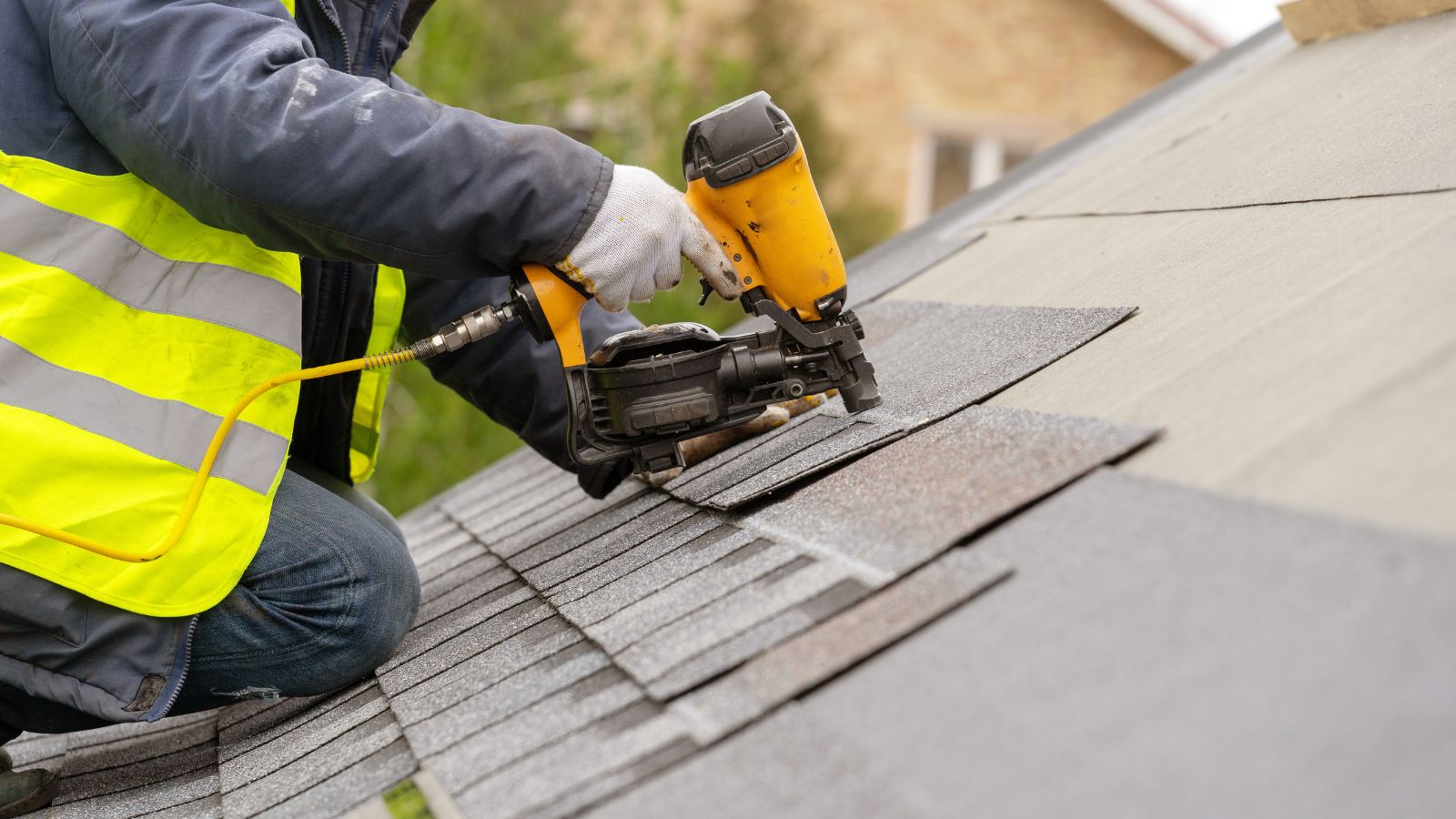
When you’re conducting a home inspection, remember that the roof is the first line of defense against weather. You should check its condition thoroughly, especially for missing shingles, sagging sections, or moss buildup, all of which could indicate past water damage or structural issues. If the current homeowner claims that you are not allowed access to the roof, this is a red flag; at the very least, a professional should be available to make such assessments, so you definitely shouldn’t let your concerns be ignored.
Foundation Stability

Equally important as the roof is a house’s foundation, so it’s important to include this in your home inspection. Cracks in the foundation or uneven floors can signal serious structural problems, something that the current owner might be trying to hide. Small cracks are common, but wide gaps or sloped floors may mean the house has settled unevenly, which could spell serious trouble. Furthermore, don’t overlook moisture near the foundation, as it can weaken the structure and create an environment for mold growth.
Electrical System
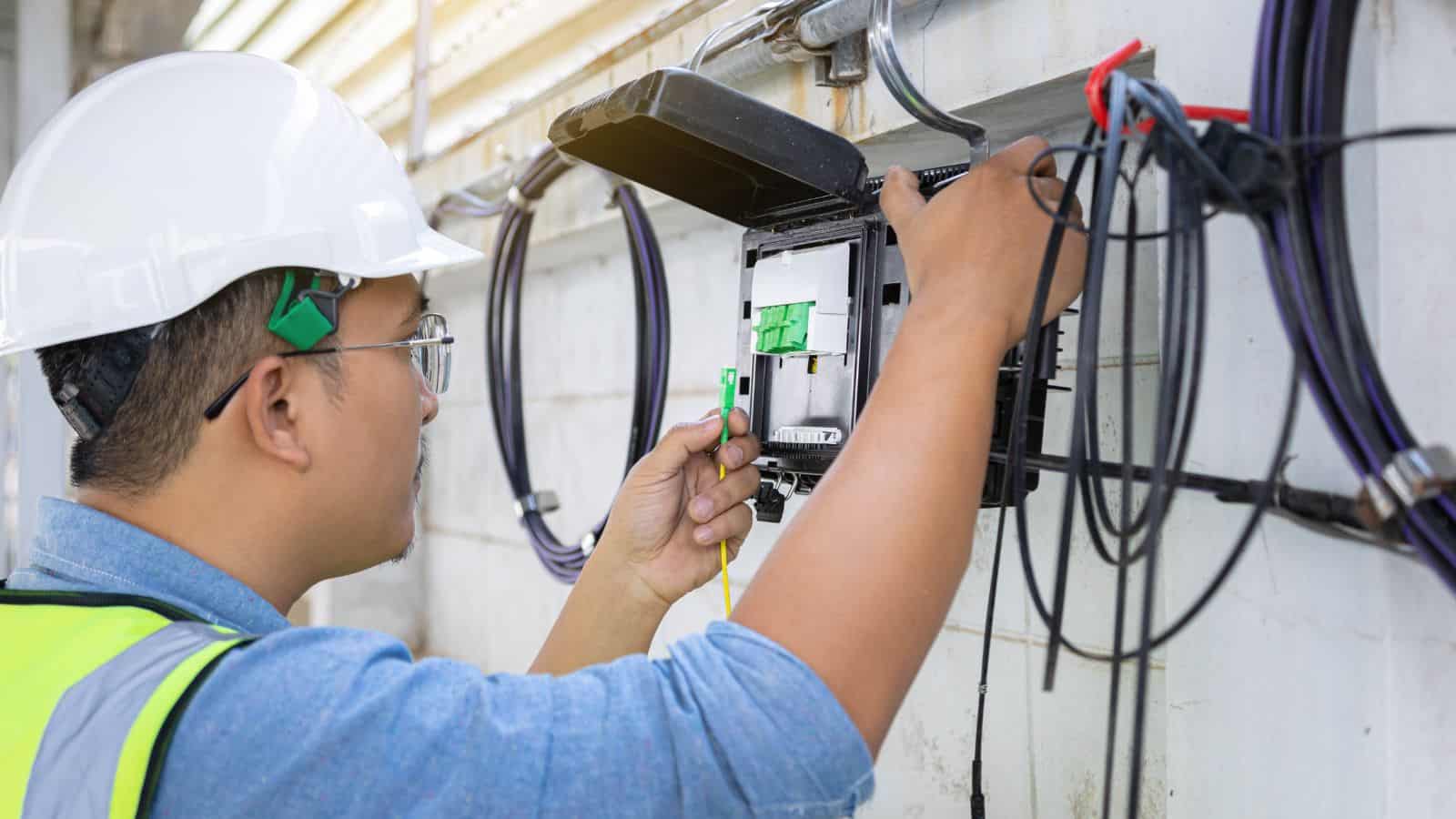
Outdated wiring or an overloaded breaker box can lead to frequent outages or, worse, an electrical fire. The only way you can find out if this is the case is if you check it yourself, so add this task to your inspection list. Keep a lookout for old knob-and-tube wiring, aluminum wires, or even outdated outlets, all of which should raise red flags. It would also be wise to check for signs of scorched outlets, unusual buzzing sounds, and, of course, the grounding and electrical panel.
Plumbing Health
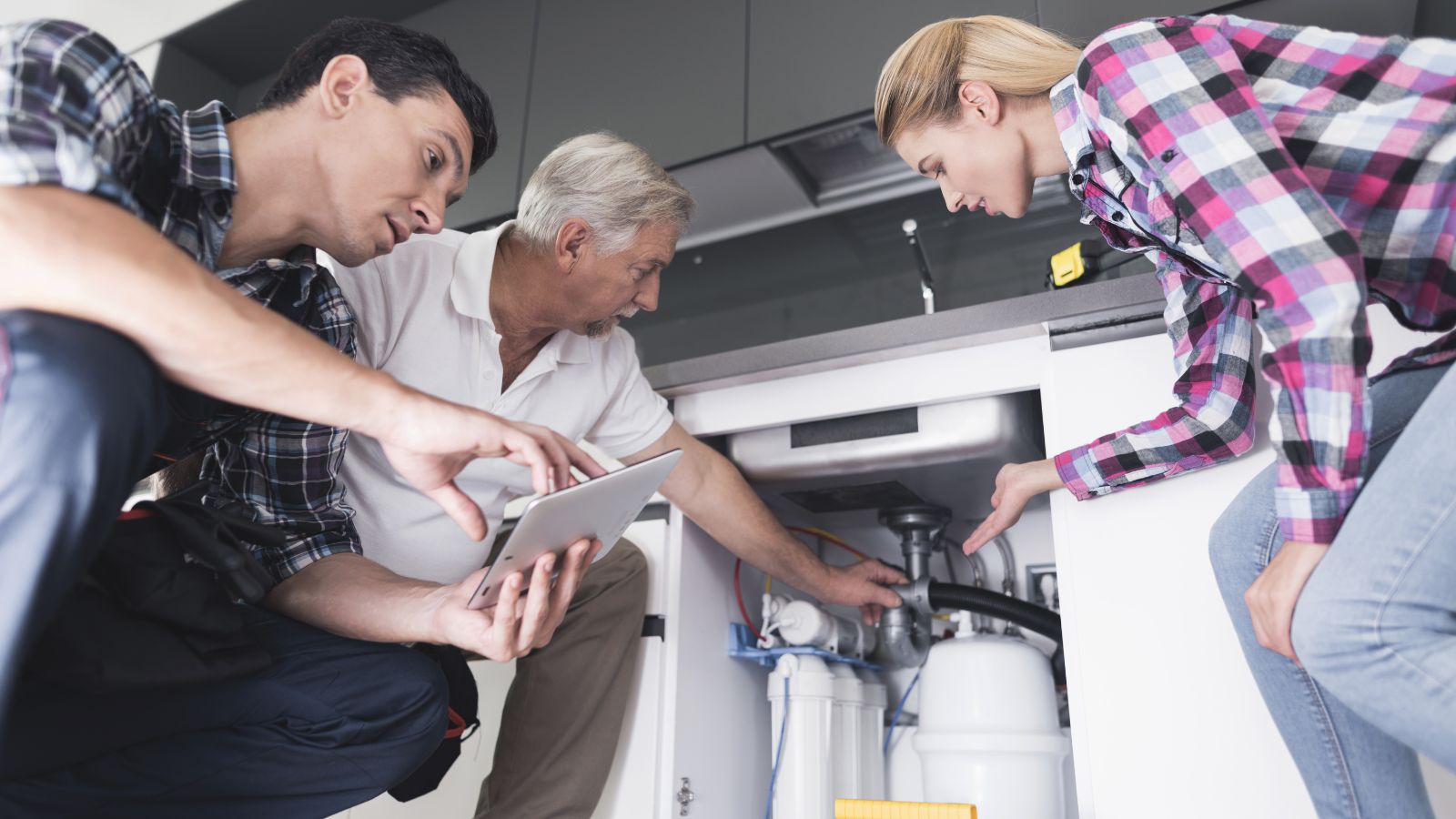
Even if you don’t have much experience in plumbing, you should still inspect pipes for leaks, rust, or corrosion, all of which should be relatively obvious and will save you from unexpected water damage after purchasing the home. Furthermore, investigate the water pressure, any strange plumbing noises, or signs of mold, and don’t be afraid to call a professional for inspection if you’re not quite sure whether something seems right or not.
Heating and Cooling Systems
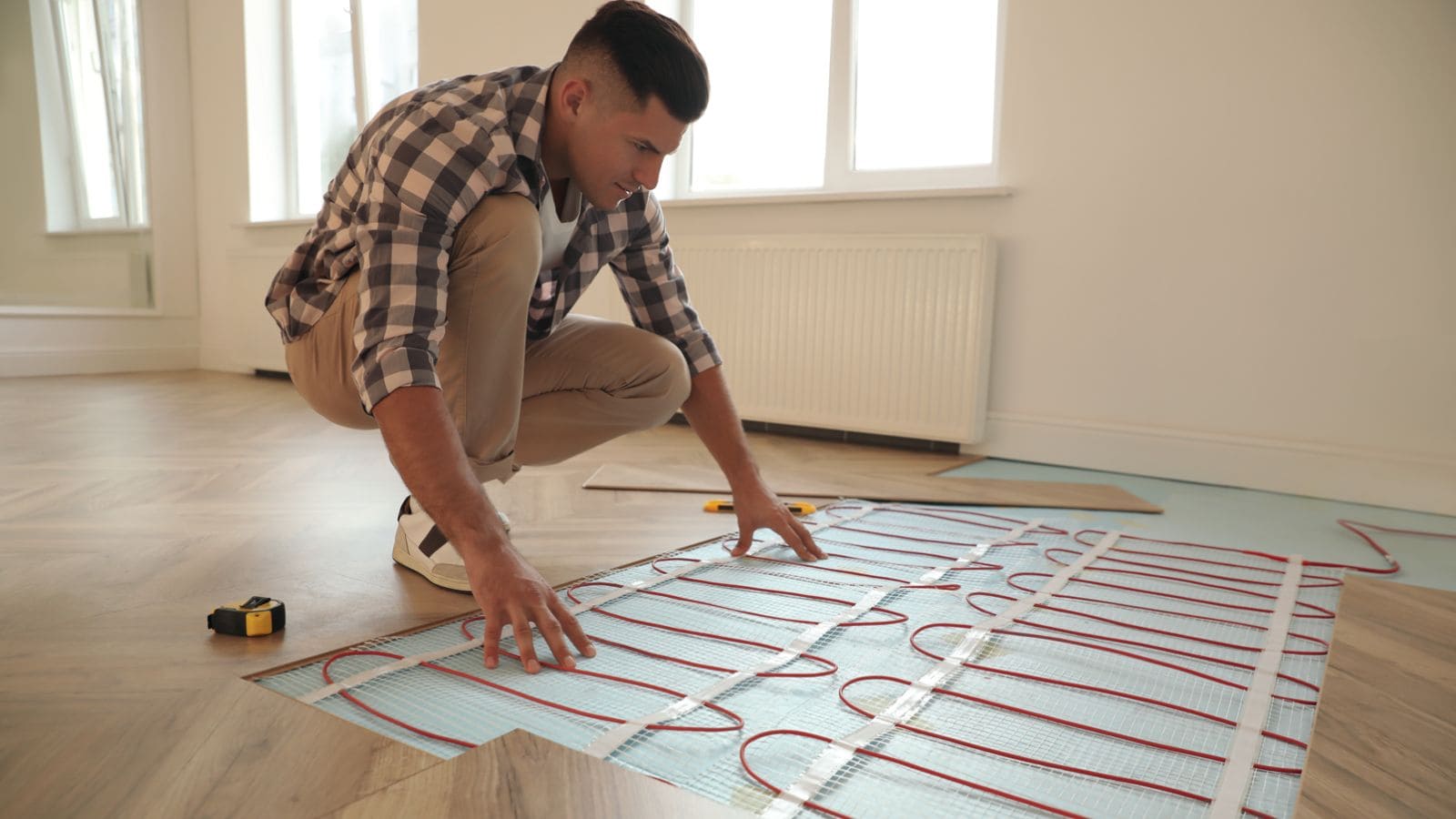
Just like with your plumbing, it’s imperative to assess the safety standards of your furnaces, boilers, and air conditioning units, as these essential appliances aren’t cheap to replace. Make sure they’re in good shape, and watch out for signs of wear and tear, such as unusual noises, poor airflow, or visible rust. Don’t forget to check the air filters, ductwork, and thermostat functionality, too.
Attic Insulation and Ventilation
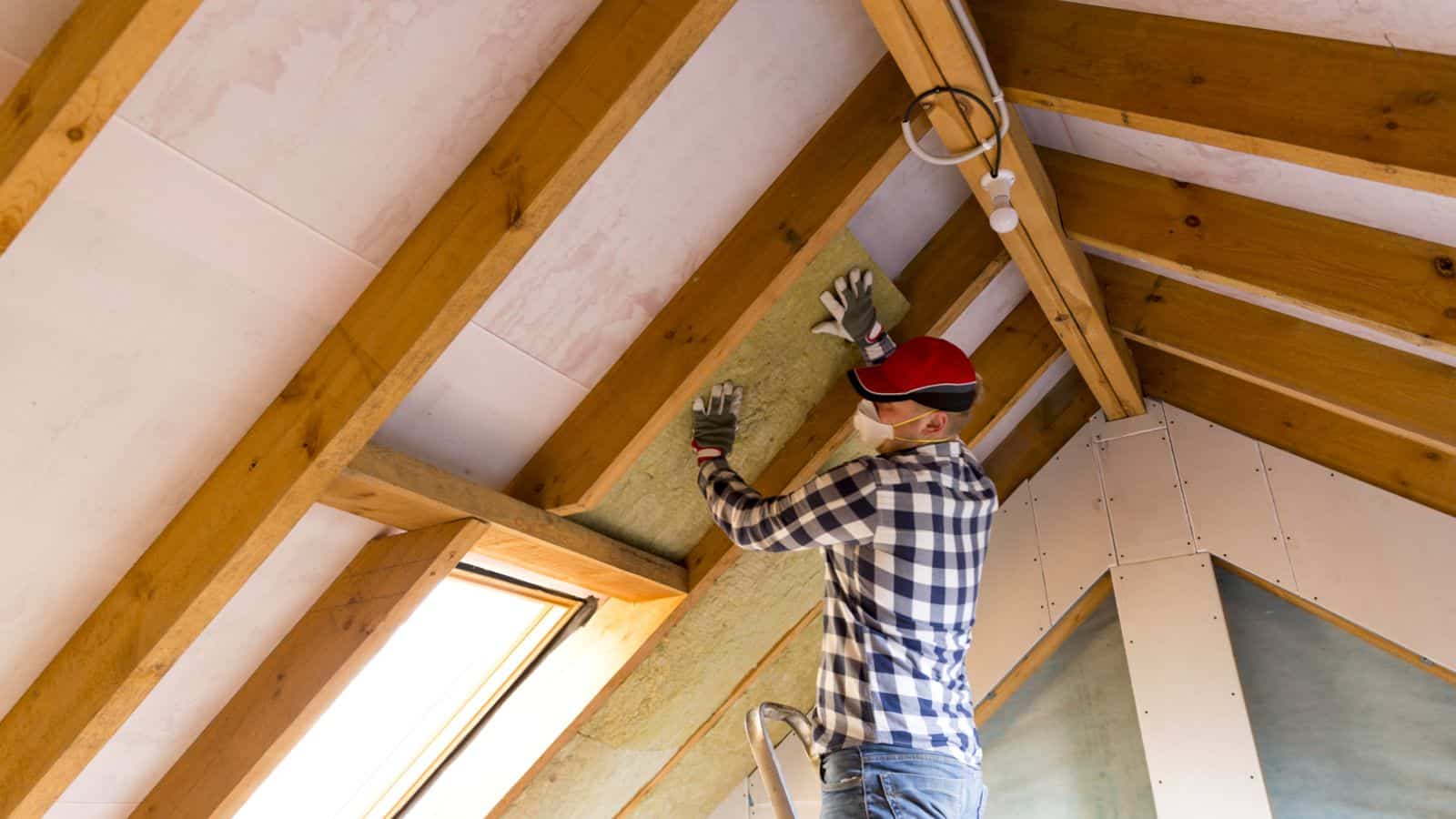
If the home you are viewing has an attic, you’re going to want to ensure that it’s insulated and ventilated appropriately. Otherwise, problems in these areas can lead to moisture buildup, mold growth, or ice dams in winter, which would be an absolute nightmare. Also, have a feel around for dampness or musty odors that might indicate hidden water damage. Trust us–it’s much better to discover such issues before you buy the house, not after.
Basement Moisture
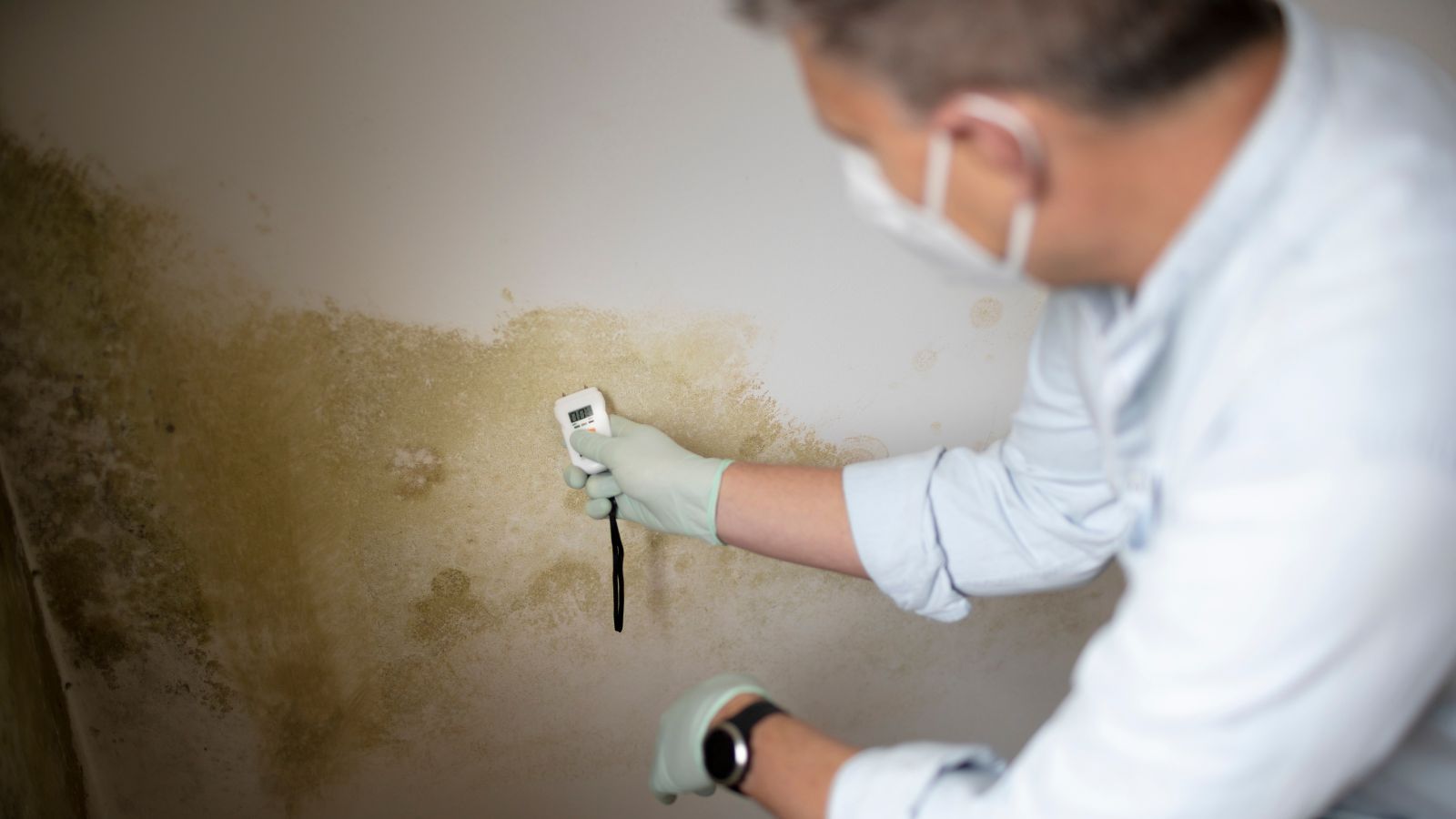
Basements are often prone to water intrusion, and even a small amount of dampness can lead to mold or mildew. So, pay attention to any musty odors, water stains, or signs of a sump pump failure, as well as pooled water around the foundation or water stains on walls. Repairing these kinds of issues later could cost you thousands of dollars (or more), so any serious red flags should definitely make you think twice about purchasing the property.
Windows and Doors
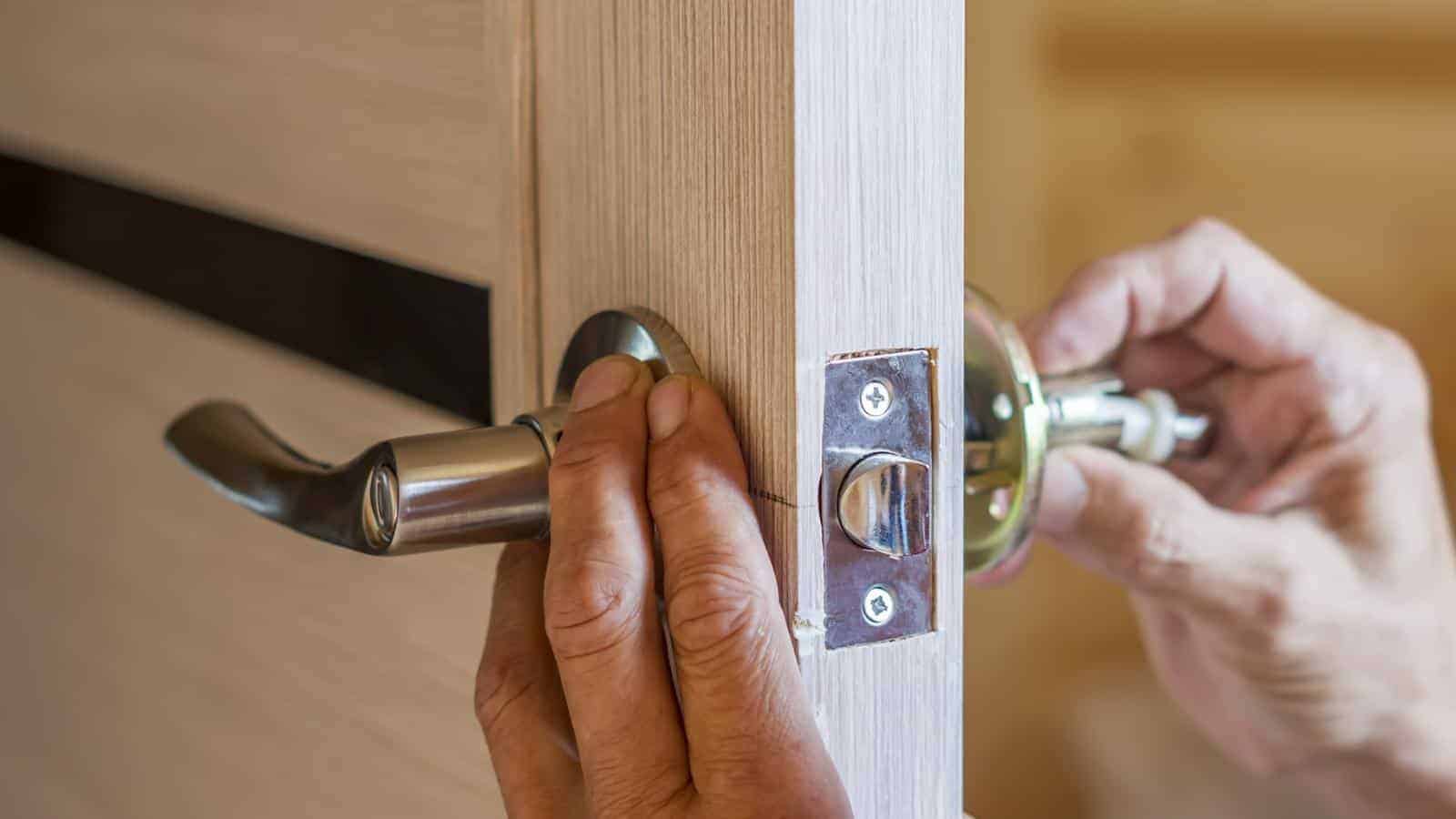
Another thing that you shouldn’t ignore during a home inspection is the doors. Take note if they don’t close properly or have gaps, as these kinds of problems aren’t going to be fun to fix if you buy the property. Don’t skip out on inspecting the windows either, as if they’re drafty, surrounded by moisture, or are not energy-efficient enough, your future bills are going to be colossal.
Exterior Drainage
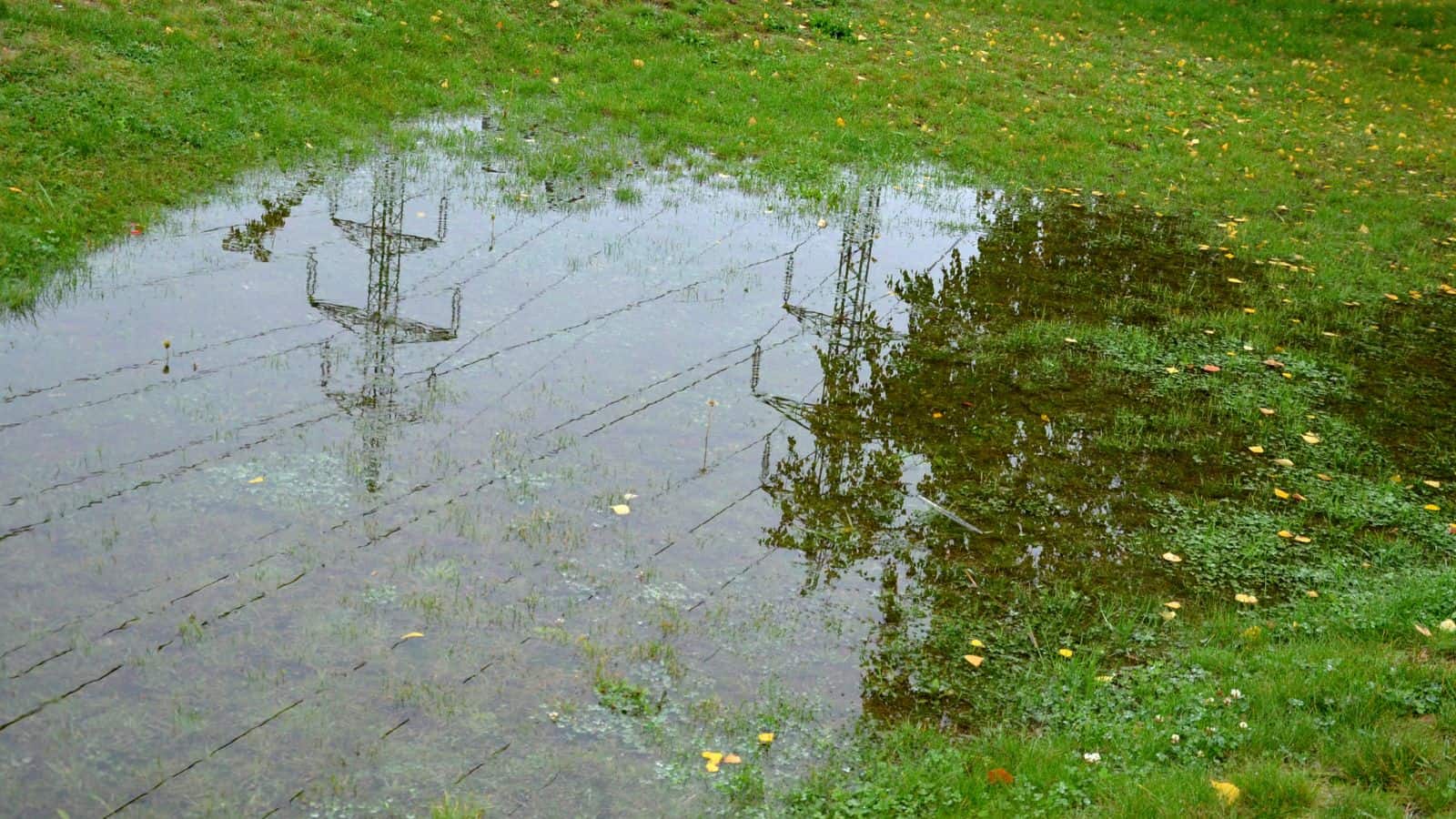
It’s never a good sign to find water pooling around the home’s exterior, so keep a sharp eye out for this. In the event that this is a noticeable problem, it could damage the property’s foundation, potentially leading to costly repairs. Inspect the grading around the property and ensure gutters and downspouts channel water away from the house. Above all, if you notice any overflowing, you should definitely raise this with the owner before making an offer.
Water Heater Condition

As we briefly mentioned earlier, you should definitely inspect your prospective home’s water heater, as you’ll be relying on this for daily comfort. Some of the most common problems are rusty water, strange noises, or leaks around the tank, each of which can signal it’s nearing the end of its life. Water heaters are not cheap, so you’ll be doing a disservice to your bank account if you ignore such concerns.
Mold and Mildew Presence
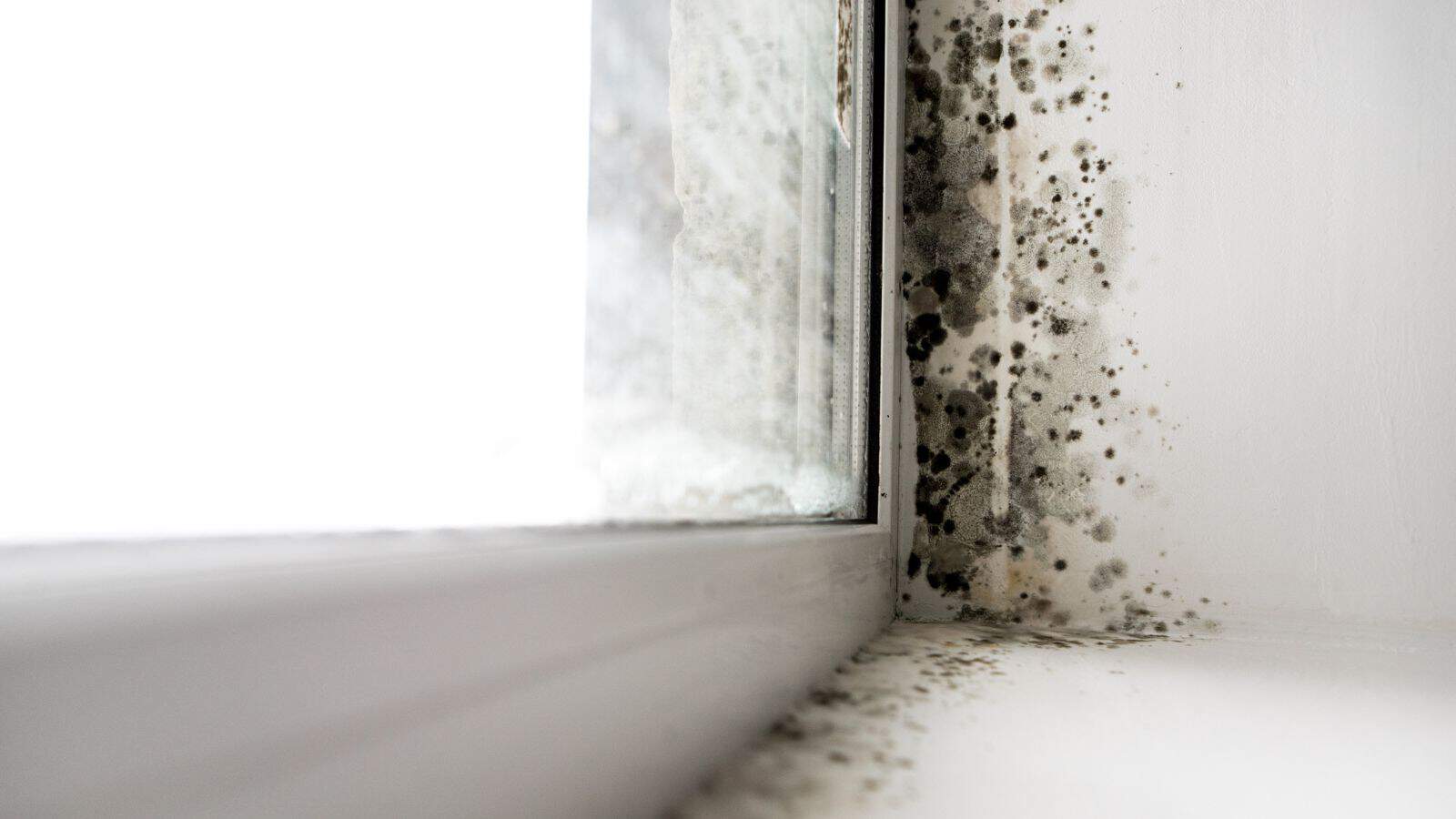
Every home attracts the occasional bit of mold and mildew, but make sure that it isn’t a prevalent issue in the home that you are inspecting. Even if you can’t see it, musty odors and dark stains in corners can be telltale signs. Remember: mold thrives in damp areas like bathrooms, basements, and attics, potentially affecting indoor air quality and health, so leaving such issues unaddressed is a serious oversight.
Structural Integrity
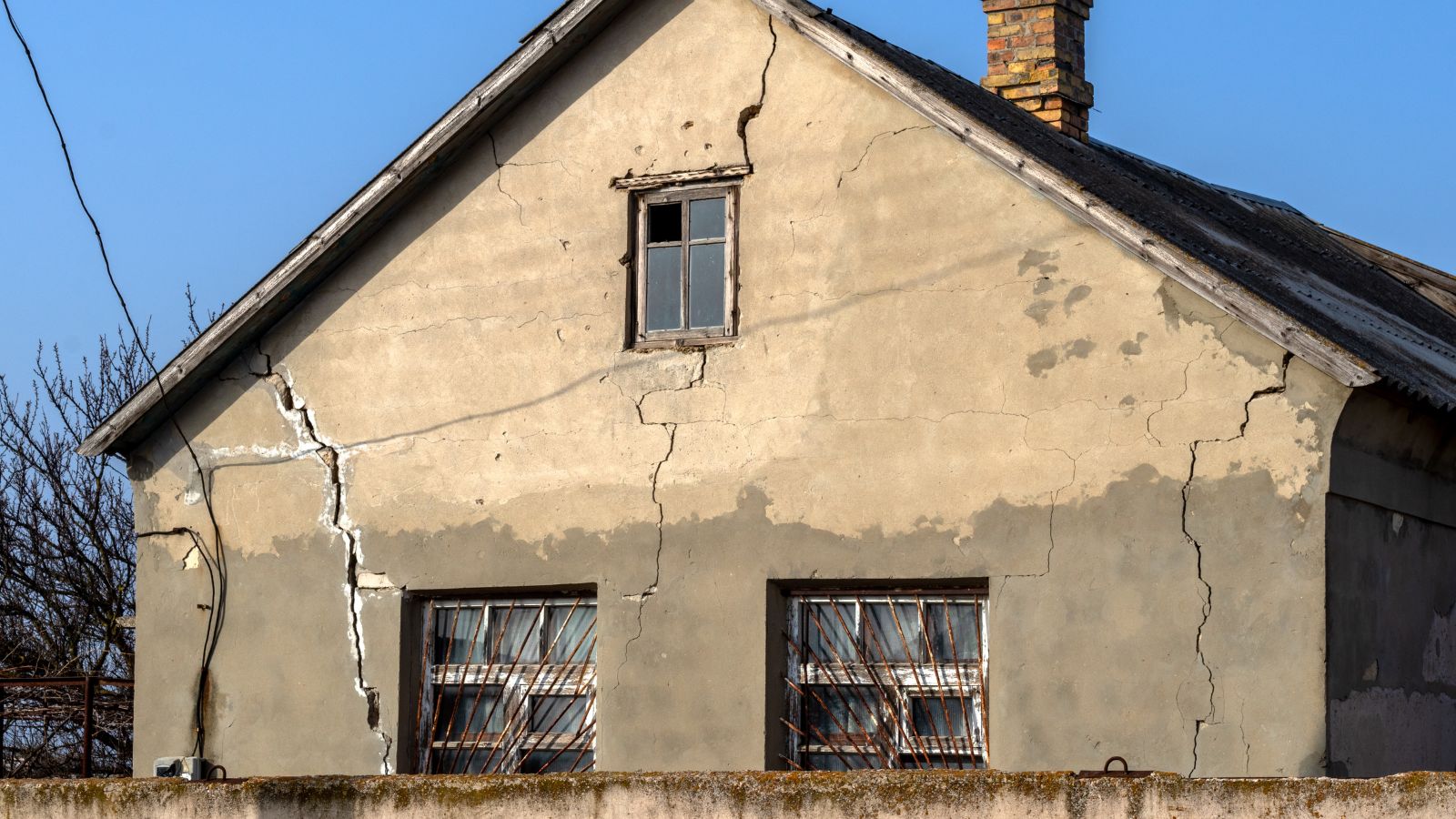
During your home inspection, look closely at any beams, columns, and walls for signs of bowing, cracking, or shifting. Structural issues can be severe, often resulting from past water damage, termites, or settling. Be sure to check for signs of termite damage, too, as weakened wood may need significant repairs. Skip out on this step, and who knows what awful issues could arise.
Pest Evidence
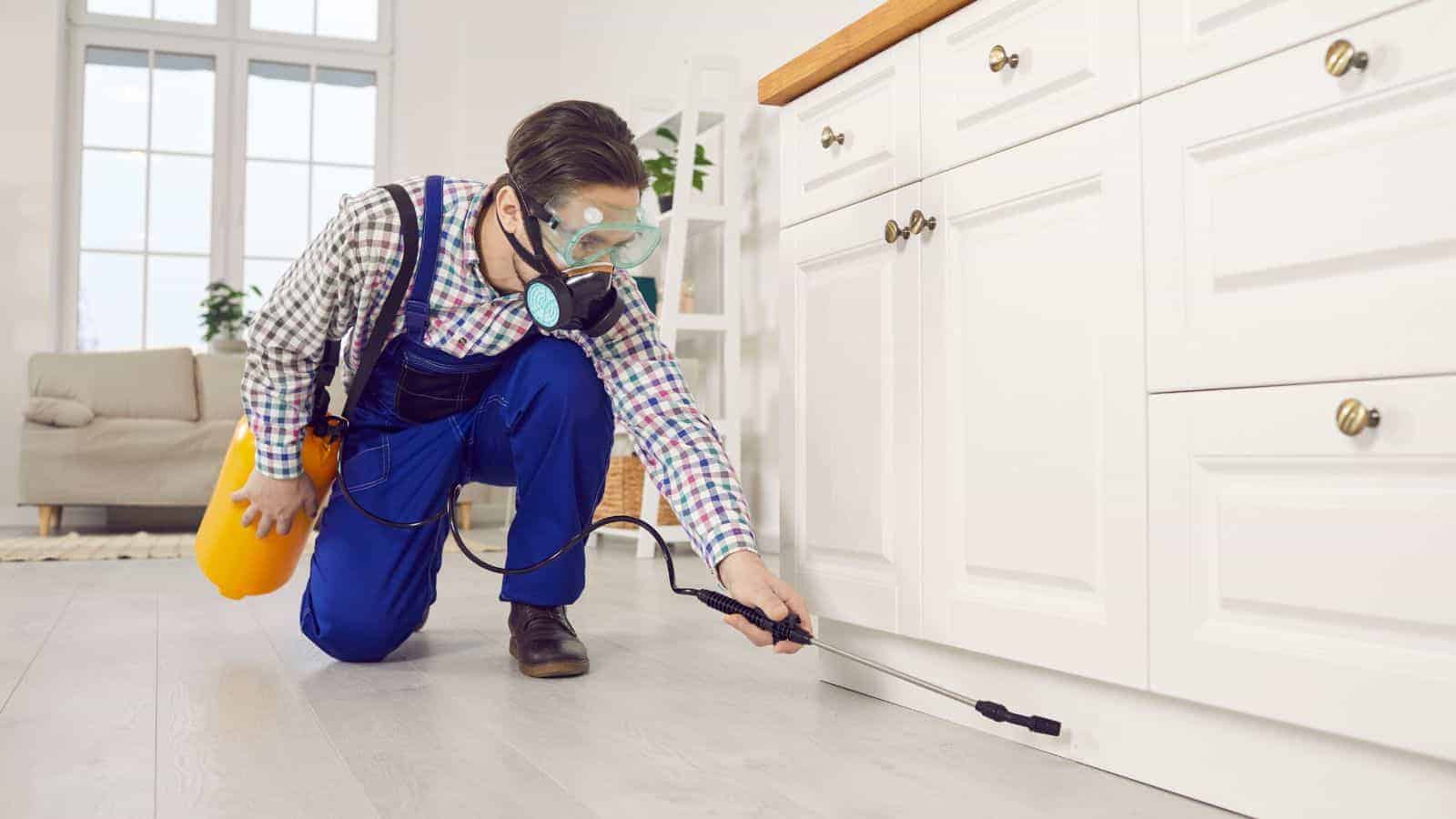
You should definitely check for signs of pests like termites, rodents, or ants during a home inspection. If these pests have clearly been around recently, they are likely still hiding, waiting for you to move in and leaving tell-tale signs, such as droppings, chewed wires, or sawdust-like material. Just take a few moments to inspect any crawl spaces and attic insulation, as pests often hide in these areas. Seriously, you’ll feel so much better buying a home knowing that you’ve checked for such issues.
Exterior Walls and Siding
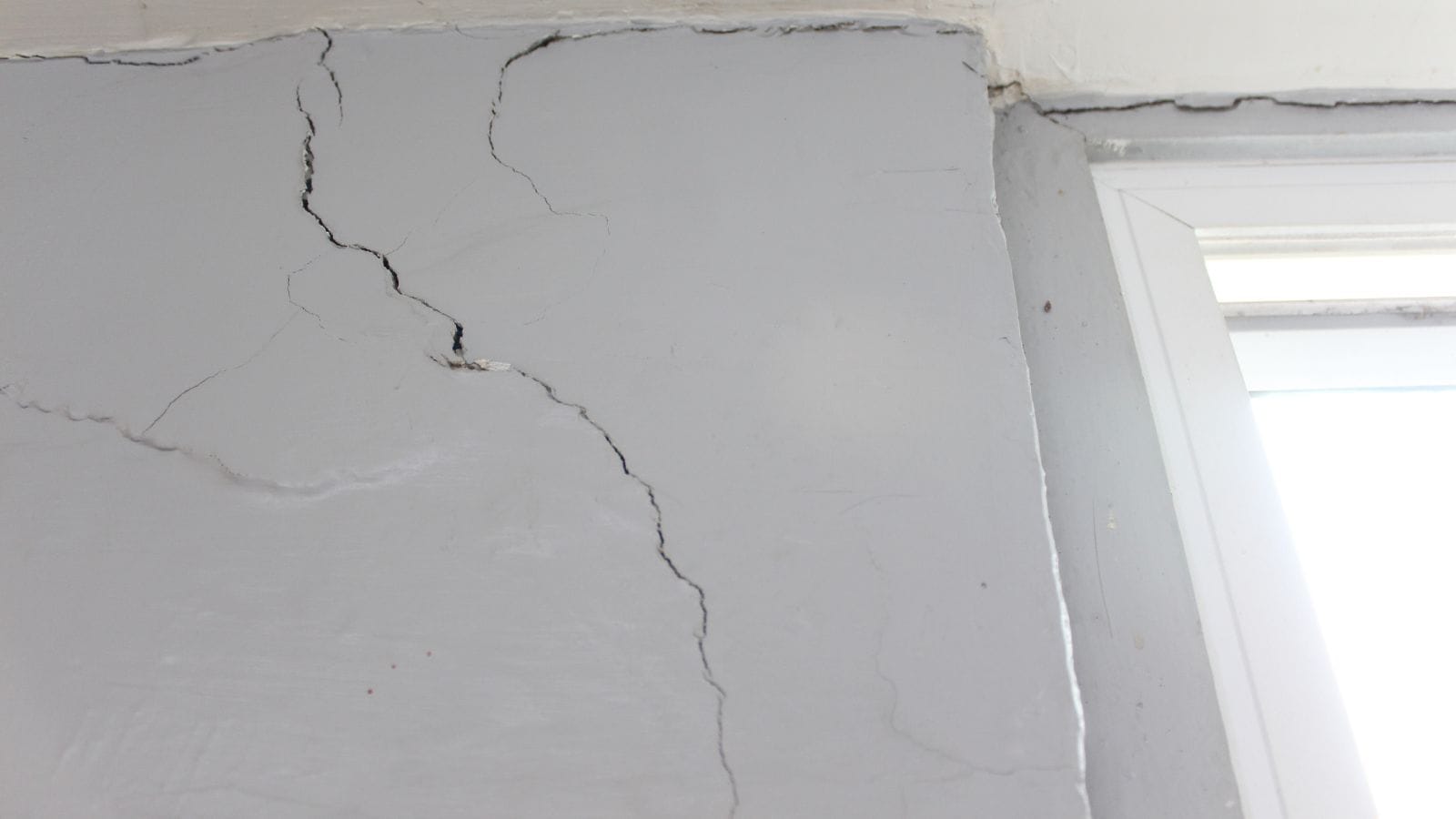
Sure, peeling paint, cracks, or warped siding may look minor, but they can actually allow water to penetrate and cause damage, becoming more serious than you might have thought. For this reason, you should check for areas where the paint seems to bubble or flake, as well as inspect the stucco for any cracks or bulging. At the end of the day, these can signal water damage, so ask yourself–do you really want to purchase a property with such problems?
Ceiling Stains or Sagging

It might be tempting to brush off a stain as an accidental spillage, but along with sagging, it could actually indicate past water damage, possibly from roof leaks or plumbing issues. You’d like to think that the owner would have fixed such issues, but not everyone cares to be so vigilant. So, make sure you do your research, and you can rely on your own experiences and understanding rather than those of the person selling the home.
Flooring and Subflooring
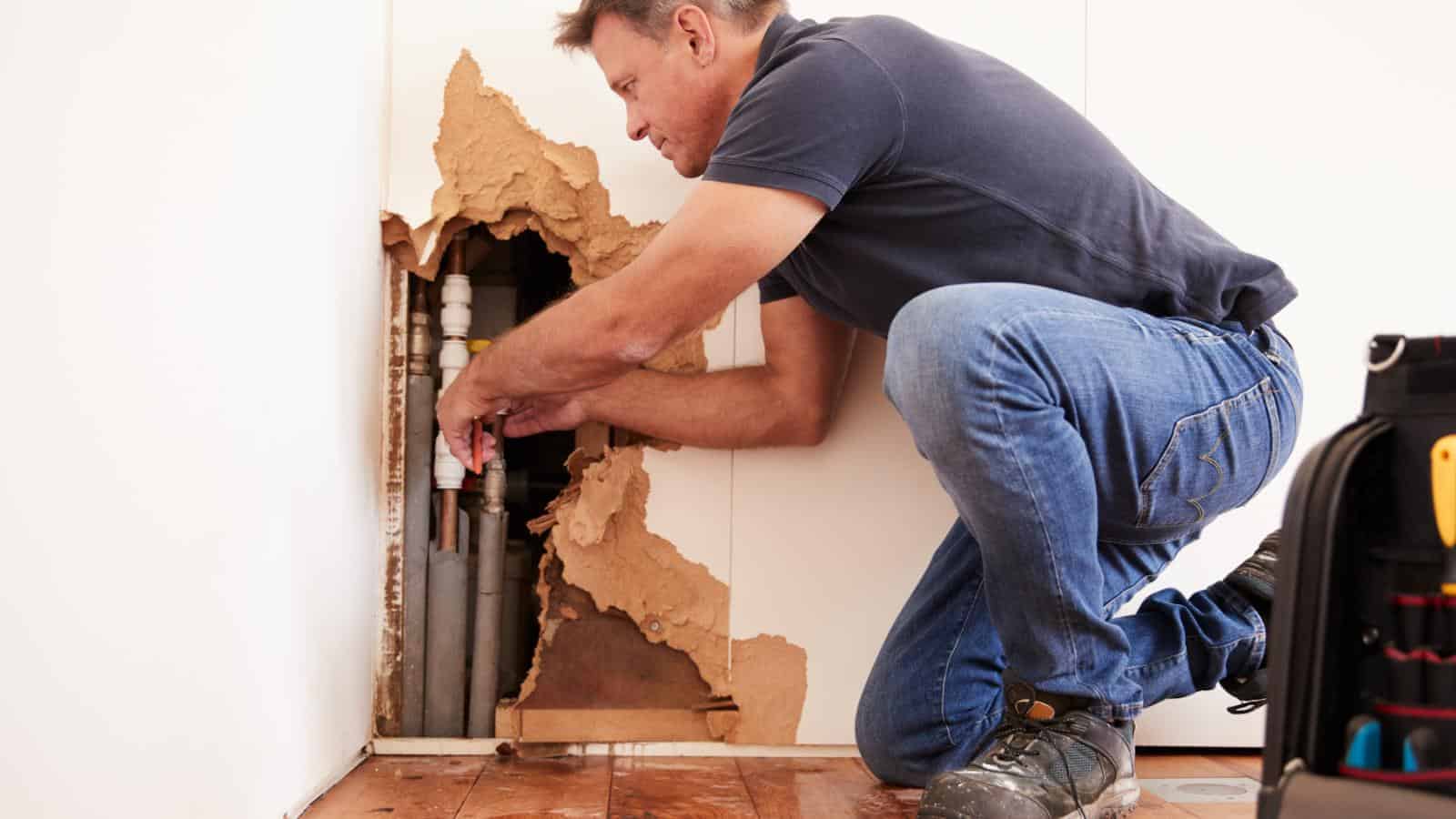
While you might think they add an amusing sense of character, floors that feel soft or squeak may need repairs, so point them out during your inspection so that you won’t have to deal with them yourself. It will be particularly important to check for signs of water damage, especially around bathrooms and kitchens where leaks are more common.
Safety Features
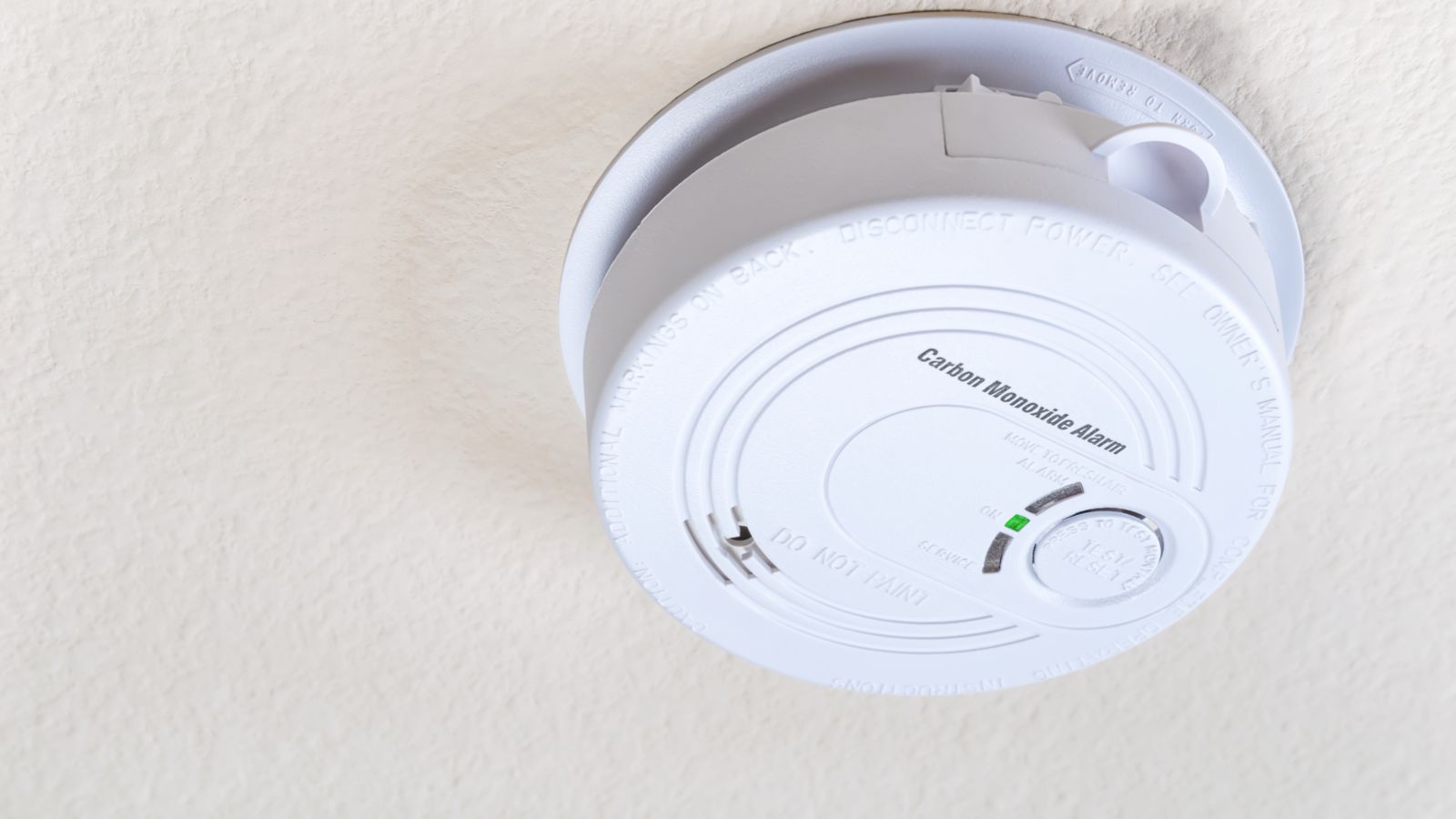
Last but certainly not least is safety features, any type of which should definitely be investigated thoroughly during an inspection. The most important parts of this include smoke detectors, carbon monoxide alarms, and fire extinguishers, so double-check that these devices are present and in working order. If they’re not, it might be your responsibility to take care of them if you buy the property, which is likely a nuisance that you won’t want to deal with.
